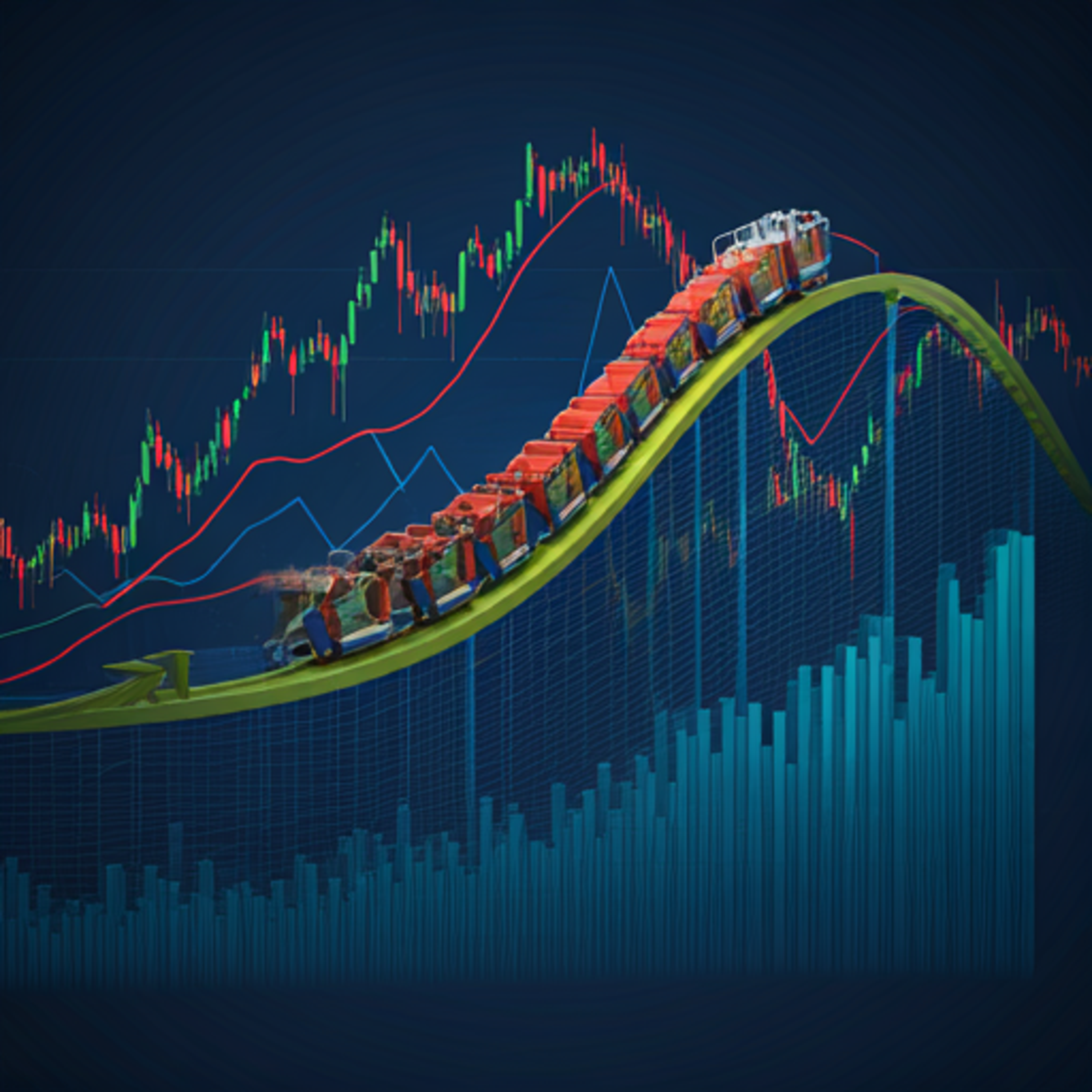Navigating the Stock Market Rollercoaster: Tips for Investors
What Causes Market Fluctuations?
Market fluctuations are primarily driven by supply and demand dynamics. When investors perceive positive news, demand increases, leading to price rises. Conversely, negative news can trigger panic selling, causing prices to drop. This cycle creates volatility. Understanding these patterns is crucial. It’s fascinating how emotions influence decisions. Economic indicatirs also play a significant role. They provide insights into market health. Investors should stay informed about these factors. Knowledge is power in investing.
The Impact of Economic Indicators
Here are 10 trending article titles for a financial website based on the in style news and analysis of financial trends: No input data
Investment Strategies for Uncertain Times
Diversification: Spreading Your Risk
Diversification is a key strategy for managing investment risk. By spreading investments across various asset classes, an investor can reduce exposure to any single economic event. This approach may include:
Each asset class reacts differently to market conditions. This balance can stabilize returns. It’s essential to assess individual risk tolerance. Understanding personal limits is crucial.
Long-Term vs. Short-Term Investing
Long-term investing focuses on capital appreciation over years. This strategy often involves lower transaction costs and tax efficiency. Investors typically benefit from compound growth. It’w a reliable approach. In contrast, short-term investing aims for quick gains. This method can involve higher volatility and frequent trading.
Consider the following factors:
Each investor must evaluate their goals. Understanding personal objectives is vital.
Technical Analysis: Reading the Market
Key Indicators to Watch
Key indicators are essential for effective technical analysis. Investors should monitor metrics such as moving averages, relative strength index (RSI), and volume trends. These indicators provide insights into market momentum. Understanding these signals is crucial.
Consider the following key indicators:
Each offers unique insights into price movements. Knowledge of these tools enhances decision-making.
Chart Patterns and Their Significance
Chart patterns are vital for technical analysis. They help investors identify potential market trends. Common patterns include head and shoulders, triangles, and flags. Each pattern signals possible price movements. Recognizing these formations is essential for informed trading decisions.
For example:
Understanding these patterns enhances market insight. Knowledge is key in trading.
Fundamental Analysis: The Bigger Picture
Evaluating Company Performance
Evaluating company performance involves analyzing financial statements. Key metrics include revenue growth, profit margins, and return on equity. These indicators provide insights into operational efficiency. Understanding these figures is crucial for investment decisions.
Additionally, assessing market position and competitive advantage is important. A strong market presence often correlates with stability. Investors should consider industry trends as well. Context matters in evaluation.
Understanding Market Sentiment
Understanding market sentiment is crucial for investors. It reflects the overall attitude of investors toward a particular security or market. Key indicators include news headlines, social media trends, and investor surveys. These factors can significantly influence price movements.
For example:
Monitoring sentiment helps in making informed decisions. Awareness of public perception is essential.
Risk Management Techniques
Setting Stop-Loss Orders
Setting stop-loss orders is a crucial aspect of risk management in trading. These orders help limit potential losses by automatically selling a security when it reaches a predetermined price. This strategy can protect capital and reduce emotional decision-making. It’s essential to determine the right level for stop-loss orders. A well-placed stop-loss can prevent significant losses. Always assess market conditions before setting these levels. Remember, timing is everything in trading.
Position Sizing Strategies
Position sizing strategies are vital for effective risk management in skin care investments. He should evaluate his risk tolerance before committing to products. This assessment helps in determining the appropriate amount to invest in each product. A balanced approach can prevent excessive losses. Understanding individual skin needs is essential. Tailored strategies yield better results.
The Role of Emotions in Investing
Recognizing Emotional Triggers
Recognizing emotional triggers is essential in investing. He must identify factors that influence his decisions. Common triggers include market volatility, news events, and personal financial situations. These elements can lead to impulsive actions. Awareness can mitigate emotional responses. A disciplined approach fosters better investment outcomes. Understanding emotions is key to success.
Strategies to Maintain Discipline
Strategies to maintain discipline are crucial for successful investing. He should establish clear goals and a structured plan. This framework helps in making informed decisions. Consistency in following the plan reduces emotional interference. Regularly reviewing performance can reinforce field. Awareness of emotional triggers is vital. Understanding these factors leads to better choices .
Staying Informed: Resources for Investors
Utilizing Financial News Outlets
Utilizing financial news outlets is essential for informed investing. He should regularly consult reputable wources for updates. These outlets provide insights into market trends and economic indicators. Staying current can enhance decision-making processes. Diverse perspectives help in understanding complex issues. Reliable information leads to better outcomes.
Engaging with Online Investment Communities
Engaging with online investment communities can enhance his knowledge. He can exchange insights and strategies with peers. These platforms often provide real-time discussions on market movements. Active participation fosters a deeper understanding of trends. Networking with experienced investors is invaluable. Collaboration can lead to better investment decisions. Sharing experiences enriches the learning process.
Conclusion: Embracing the Journey
Reflecting on Your Investment Goals
Investors must regularly assess their goals to ensure alignment with their financial strategies. This process fosters a deeper understanding of personal priorities. It is essential to remain adaptable in a changing market. Flexibility is key. Embracing the journey of investment can lead to unexpected opportunities. Growth often comes from challenges. Ultimately, a reflective approach enhances decision-making. Reflection is vital.
Preparing for Future Market Changes
Investors must analyze macroeconomic indicators to anticipate market fluctuations. Understanding these trends can mitigate risks effectively. Diversification of assets is crucial in uncertain environments. It reduces potential losses. Additionally, employing hedging strategies can protect against volatility. This approach enhances portfolio resilience. Staying informed about geopolitical developments is also essential. Knowledge is power.
